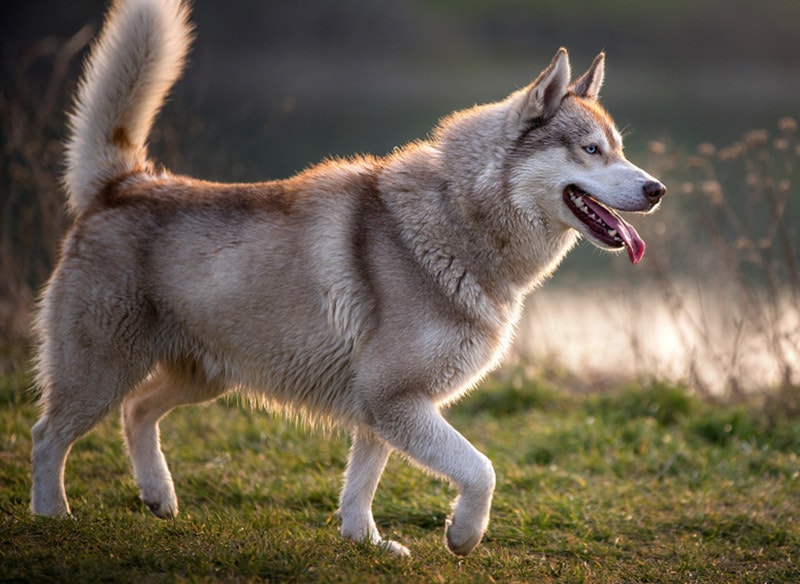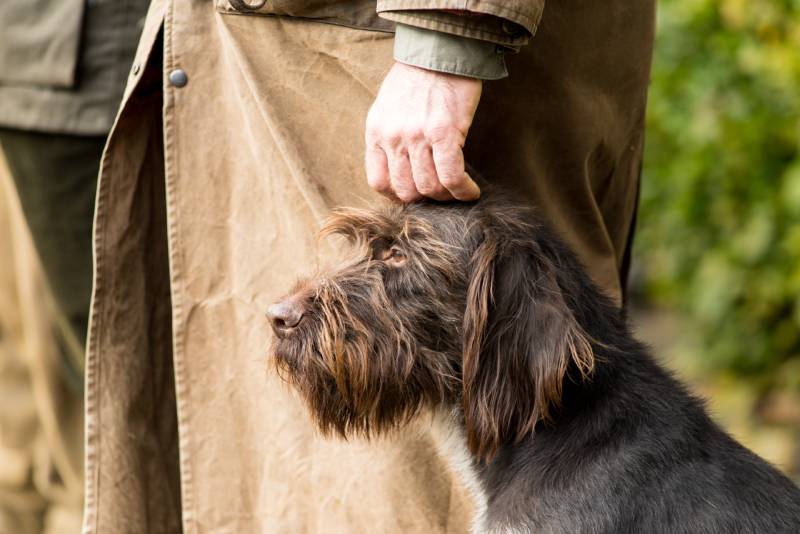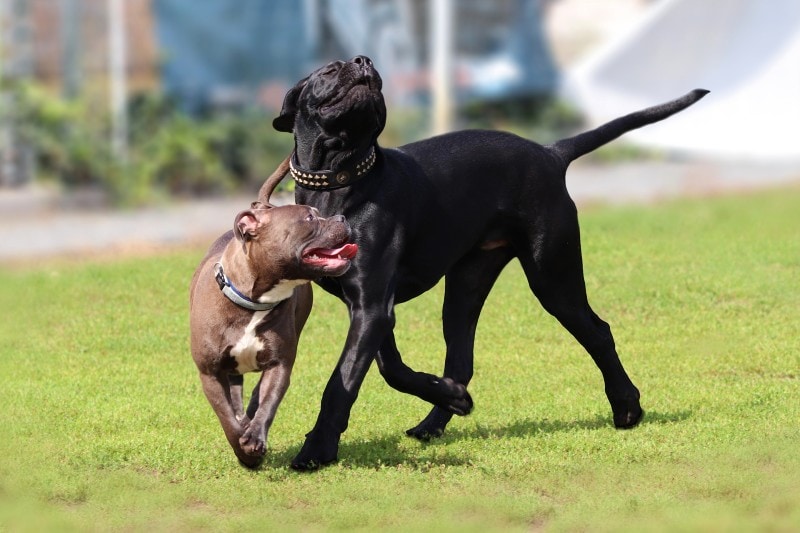What Were Border Collies Bred For? Breed History Explained

Updated on
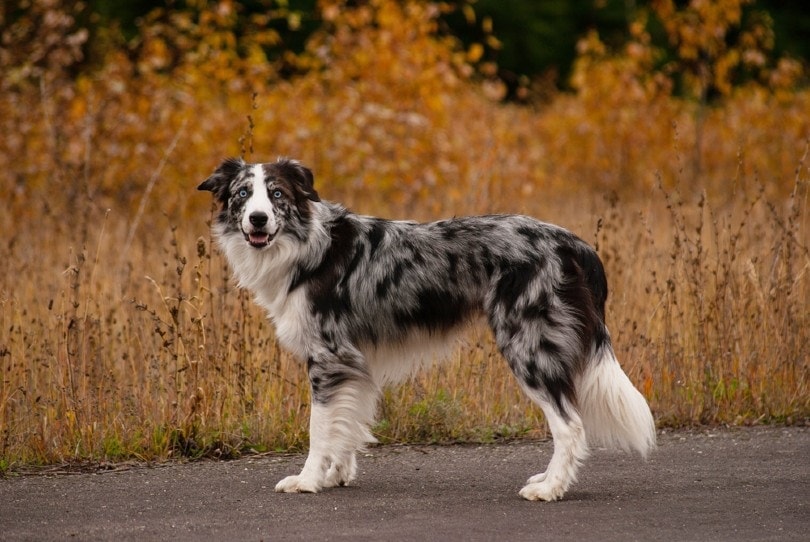
Among shepherds, Border Collies have always been known as the best herding dogs around. They’re fiercely intelligent, loyal to a fault, and sensitive to even the smallest gesture. As a pedigree working dog breed, they’ve been around for centuries and have a unique history to show for it.
If you’re interested in learning more about Border Collies and what they were bred for, this guide will tell you all you need to know.
What Are Border Collies?
Well-known for their workaholic tendencies and their intimidating stare as they herd, the Border Collie is a favorite partner for farmers. The breed’s enthusiasts even deliberately bred a separate breed for shows — known as the Rough Collie — so Border Collies could retain their prized herding ability.
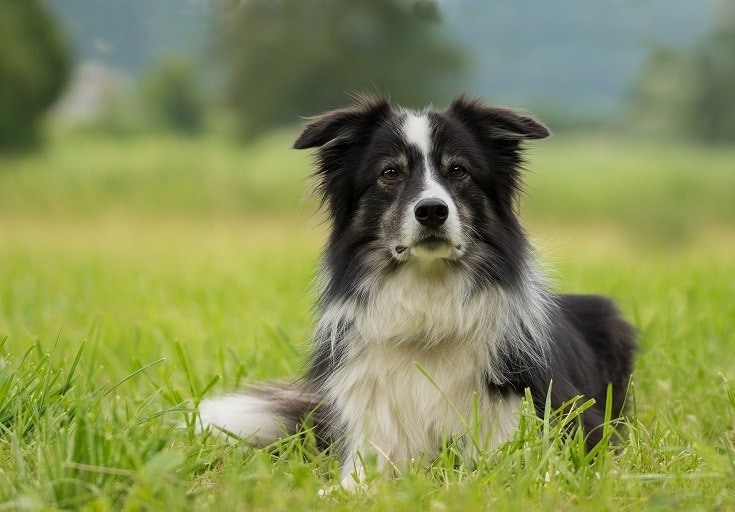
History of the Border Collie
Sheepdogs, like the Border Collie, have been around for centuries and have always been valuable companions to sheep farmers. Their names came from the regions in which they were bred, such as the Welsh Sheepdog, Northern Sheepdogs, Highland (or Bearded) Collies, and Scotch Collies.
“Collie” is the Scottish word for sheepdog, and the Border Collie’s Scottish heritage gave them that part of their name. As for the “Border,” the breed was first introduced on the border of Scotland and England.
Pre-history
With sheepdog breeds like the Border Collie being so old, it’s hard to say when they were first introduced. Some people believe that they’ve been around since the 1700s, while others think that they came about as early as the 8th and 9th centuries. This is due to the belief that sheepdogs were descended from crossbreeding guard dogs brought to England after the Roman invasion in 43 A.D., with Spitz-type dogs being introduced by the Vikings centuries later.
Either way, Border Collies didn’t truly come into their own until their rise in popularity several hundred years later.
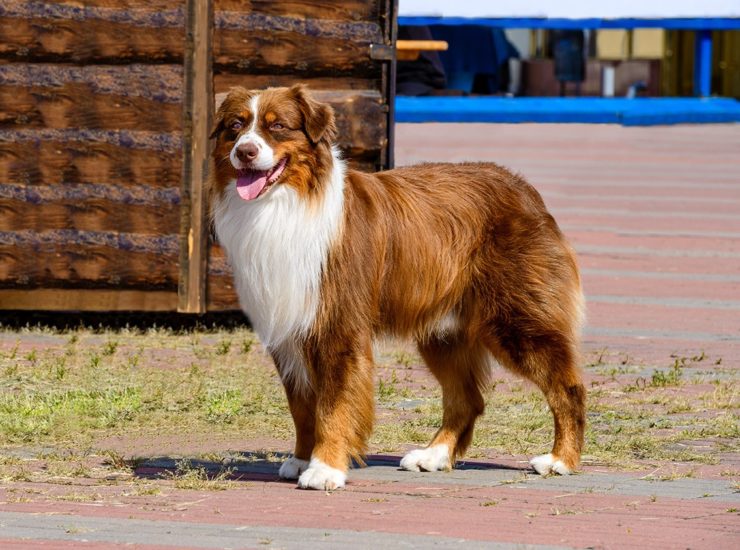
The Late 1800s
In the 1860s, Queen Victoria became a fan of Border Collies when she visited Balmoral Castle in the Scottish Highlands. It was her unwavering love of the breed that first allowed them to separate from the generalized “sheepdog” name.
Their spike in popularity wasn’t just limited to the 1860s, though. In 1876, R. J. Lloyd Price began showing the world what sheepdogs like the Border Collie could do. Using a herd of 100 wild Welsh sheep at Alexandra Palace in London, he demonstrated the keen herding skills of these dogs.
Their ability to herd sheep into pens, commanded by whistles and hand gestures, wowed the audience. Border Collies were also mentioned in the Livestock Journal following their success.
The 1900s
Following their success in the latter part of the previous century, the 1900s found Border Collies becoming more popular as show dogs — that is, until shepherds chose to keep Border Collies as working dogs instead of focusing on their appearance, as the shows required.
While Border Collies were still bred for work, the Rough Collie was introduced as an alternative show dog.
Modern Day
These days, Border Collies are still used on farms for herding all kinds of animals, including the sheep that they were originally bred for. Their intelligence and trainability have also given them a firm foothold in many other careers.
- Keeping geese away from people’s property or highways
- Search and rescue
- Narcotics
- Bomb detection
- Guide dogs
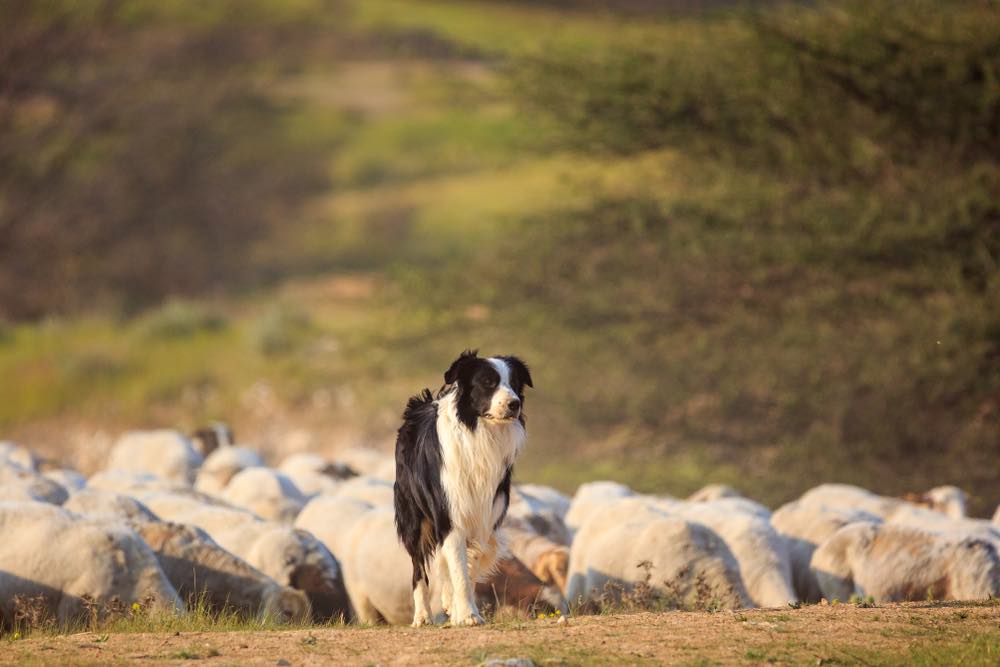
Breed Recognition
Enthusiasts of the Border Collie hoped to keep them out of shows to preserve their herding abilities. With their prowess as one of, if not the best, sheepdogs available, it’s understandable why losing their skills is such a concern for the shepherds who still work with them.
In fact, Border Collies losing their herding skills in favor of focusing on appearance and use as family companions is why many Border Collie lovers fought against the AKC’s recognition of the breed in 1994. They weren’t successful, though, and the arguments against the Border Collie’s placement in the show circuit are still going on.
Canadian Border Collie owners, however, were far more successful in their attempts to keep the breed out of official kennel clubs.
Border Collies in Literature
Part of the speculation about the history of Border Collies comes from their mentions in literature. Old texts might not mention Border Collies by name, but they do mention sheepdogs with similar skills and working styles.
- Job 30:1
- Marcus Terentius Varro (116 B.C. to 27 B.C.), a Roman scholar who wrote about training sheepdogs and their care
- The “Treatise on English Dogges” by Dr. John Caius in 1570, considered one of the earliest mentions of sheepdogs in the U.K.
Border Collies in Poetry
Border Collies have also been featured in poetry. Robert Burns was a famous Scottish poet in the mid to late 1700s. Although he died at 37 in 1796, he was renowned for his English and Scottish lyrics, like “Auld Lang Syne.” He owned a Border Collie called Lauth and after the dog’s death, wrote one of his best poems, “The Twa Dogs,” to honor his memory.
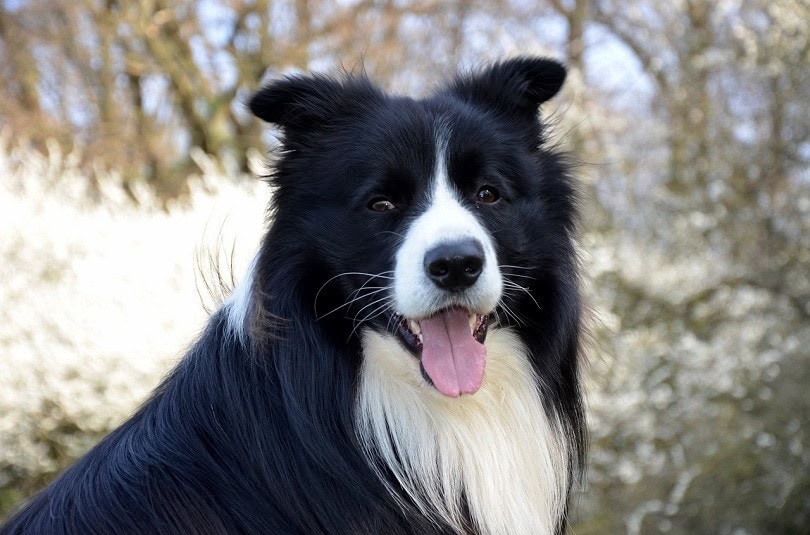
Border Collies and Celebrities
Queen Victoria and Robert Burns weren’t the only famous owners of the breed. Border Collies have been owned by more modern names too.
- James Dean
- James Franco
- Ethan Hawke
- Jon Bon Jovi
- Anna Paquin
- Tiger Woods
Final Thoughts
Border Collies are prized for their prowess as herding dogs. They were bred from the original sheepdogs to help shepherds tend to their flocks. Their skills include following simple whistles and hand gestures, along with having an intimidating stare.
These days, they’re still beloved herding companions, though they are also used in search-and-rescue operations and police work.
Their skill base makes their recognition by the AKC as show dogs widely protested due to fears of losing the focus on herding to appearance and companionship.
See also:
- When Is World Collie Day? Update & How to Celebrate It
- 15 Border Collie Mixed Breeds (With Pictures)
Featured Image Credit: ForeverNaturalPhotography, Shutterstock



